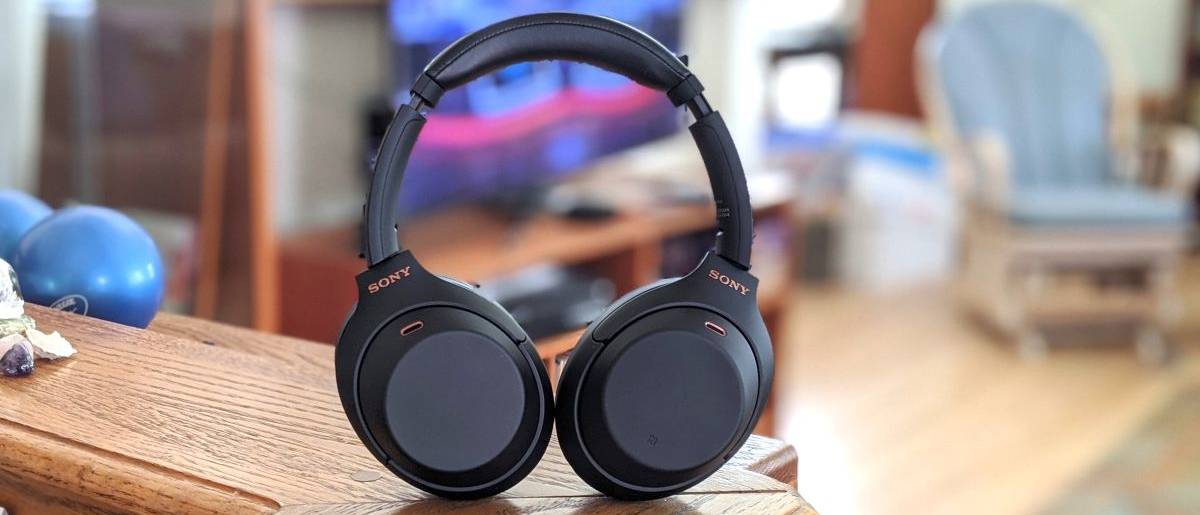Tom's Guide Verdict
The Sony WH-1000XM4 ups the ante in every way to challenge the Bose 700 for the title of best noise-cancelling headphones.
Pros
- +
Excellent audio quality
- +
Remarkable noise cancellation
- +
Smart controls
- +
Strong battery life
- +
Lots of useful features
Cons
- -
Call quality still needs work
Why you can trust Tom's Guide
UPDATE: The Sony WH-1000XM4 has now been superseded by the WH-1000XM5 priced at $399. The redesigned model picks up from where the XM5 left off and moves things forward with improved active noise cancellation and a whole new eco-friendly design. Find out what the main differences are and relative performance of the two models in our WH-100XM4 vs. WH100XM5 face-off.
Sony WH-1000XM4 review:
Colors: Black; silver
Battery life: 30 hours (ANC on), 38 hours (ANC off)
Noise cancellation: Yes
Size: 9.9 x 3 x 7.3 inches
Weight: 9 ounces
Connectivity: Bluetooth 5.0 and NFC
The WH-1000XM4 is in many ways similar to the old WH-1000XM3 headphones, but remains a significant overall upgrade that’s won our hearts entirely. Even with the Bose 700 and AirPods Max lurking, we think Sony has made the best headphones you can buy today, and our full Sony WH-1000XM4 review will explain why.
Sony WH-1000XM4 review: Price and availability
The Sony WH-1000XM4 has an MSRP of $350, and currently most major retailers sell it at this price, including Best Buy, Amazon, and other authorized dealers. However, sales aren't uncommonly — we've recently seen these headphones drop as low as $278, so you may wish to hold fire.
You have a choice of black or silver — the same two options as the previous model. One thing to bear in mind that the Sony WH-1000XM5 headphones could be in the works.
Sony WH-1000XM4 review: Design
I strongly advise you to examine the packaging closely when looking for the Sony WH-1000XM4, because you could end up mistakenly buying the WH-1000XM3. That’s how identical both pairs of headphones look. Is it a bad thing? Not entirely. The WH-1000XM2 is still the most premium offering in the series, but the WH-1000XM4 receives a few aesthetic changes that enhance its presence.
The cushioning on the headband is slimmer, while the ear pads are redesigned to provide 10 percent greater surface area for more contact with your head. Sony also claims the curve of the headband has been “fine-tuned,” though it’s unclear how. A motion sensor has been integrated into the left ear cup as well for smart control capabilities.

One major difference I notice is the texture, as the WH-1000XM4 has a soft rubberized finish that gives the headphones a more durable and premium feel than the plastic chassis of its predecessor. This also means the cans won’t take on stains or scratches so easily, a problem I encountered early when testing the WH-1000XM3.
Get instant access to breaking news, the hottest reviews, great deals and helpful tips.
What hasn’t changed? The copper accents, colorways, embossed Sony logos, ports, silhouette, and swivel mechanisms to turn the ear pads sideways for convenient storage. The number of buttons and their placement on the left earcup, along with NFC chip on the right ear cup, remain the same too.
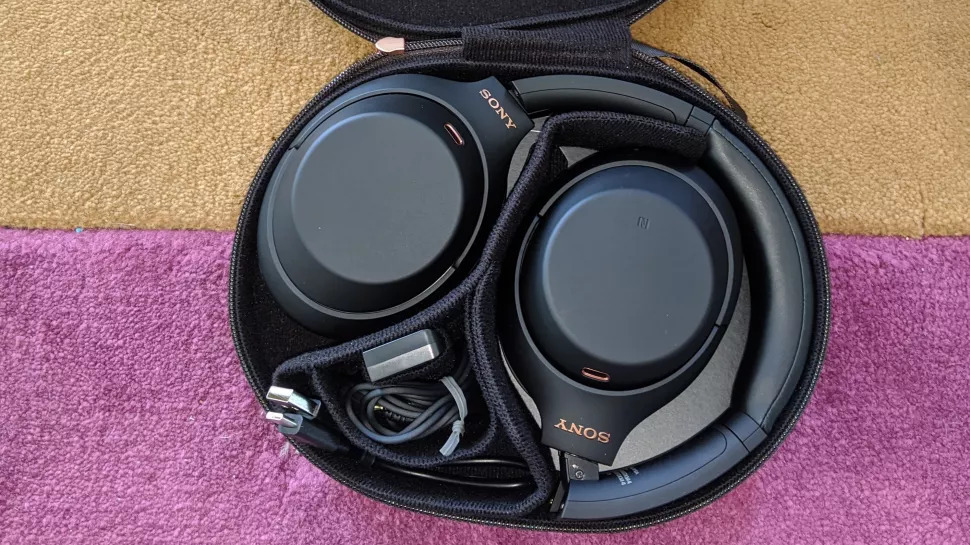
In the box comes a Sony-branded aux cable, an in-flight adapter (though you may not be needing this at the moment), a USB-C charging cable, and a carry case. The latter is basically the same one bundled with the previous model, offering plenty of space to handsomely display and store everything, and with a mesh pocket in the back to keep additional EDC items.
Sony WH-1000XM4 review: Comfort and fit
Comfort and fit have always improved with every new release in the series, and that trend continues. The WH-1000XM4 is not only lighter and thinner than the WH-1000XM3, but also feels lighter compared to the Bose 700, despite sharing the same weight. Granted Sony’s cans are bigger in width, but this doesn’t impact their level of comfort.

I sported these headphones for 3 hours daily during my three-day weekend with no problems. The headband rested gently on my skull and had very low clamp force. When setting the extenders at the proper length, the headphones remained stable, though going a level or two higher created some looseness when head-nodding to jams. The plush cushioning on the earpads was as soothing as resting your head on a soft pillow, and the wider cutouts allow for more ventilation to prevent moisture buildup during long listening sessions.
Sony WH-1000XM4: Touch controls and assistant
Sony knew not to mess up a great thing, so it kept the same touch panels and gestures intact. The control scheme remains simple to operate: play/pause (single tap), skip track (swipe left), previous track (swipe right), volume up (swipe up), volume down (swipe down), answer/end call (double tap), and digital assistant (tap and hold). All you need to know is that each gesture operates smoothly.
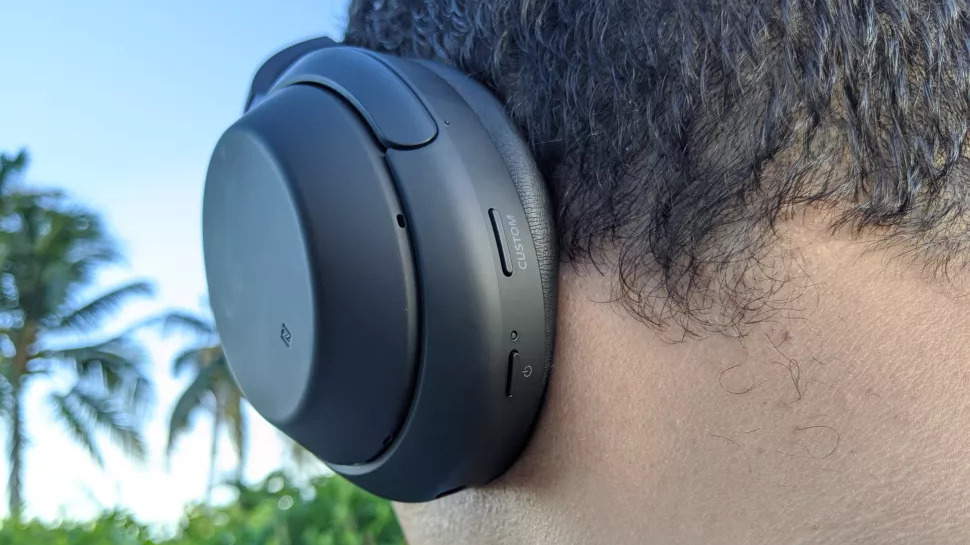
One tiny detail I did pick up on was the ability to fast-forward or play a song backward by performing the respective swipe gesture and leaving your finger on the touch panel at the same time. It’s a testament to how intuitive and responsive the touch controls are on these cans.
The WH-1000XM4’s smart controls don’t stop there. On-ear detection is available to either pause or resume playback every time you remove or wear the headphones. The Quick Attention feature does the same whenever you place your hand over the right earcup, while the speak-to-chat feature uses the built-in mics and advanced signal processing to recognize your voice and pause music when you speak. All three work incredibly well with very little latency present.
Sony’s “Precise Voice Pickup” technology makes its presence felt immediately when turning on the digital assistant. The combination of five mics with advanced audio signal processing creates a clearer pathway for the WH-1000XM4 to recognize voice commands, which it does with ease. Speech recognition is impeccable with the mics picking up every syllable. Verbal inquiries were registered quickly and responded to even faster. It’s cool that Sony programmed the headphones with Alexa and Google Assistant integration, but you can also use them with Siri.
Sony WH-1000XM4 review: Active noise cancellation and Ambient Sound
Sony spared no expense to enhance its ANC technology. The WH-1000XM4 employs two feedforward mics and the company’s proprietary Dual Noise Sensor technology that works with the HD Noise Cancelling Processor QN1 chip to analyze ambient sounds and filter them out. Truth be told, I barely noticed any differences in noise neutralization between the WH-1000XM4 and WH-1000XM3, which was absolutely fine since the results are still remarkable.
To maximize performance, Sony included an NC Optimizer that measures your ears to create the best listening environment possible based on head size. Along with this is an Atmospheric Pressure Optimization feature that adjusts pressure based on altitude, though it’s most suited for when you’re on an airplane or lounging at a ski resort up on a high mountain top. Considering the current pandemic, both scenarios aren’t practical for testing noise cancellation at the moment, so I improvised the best that I could.
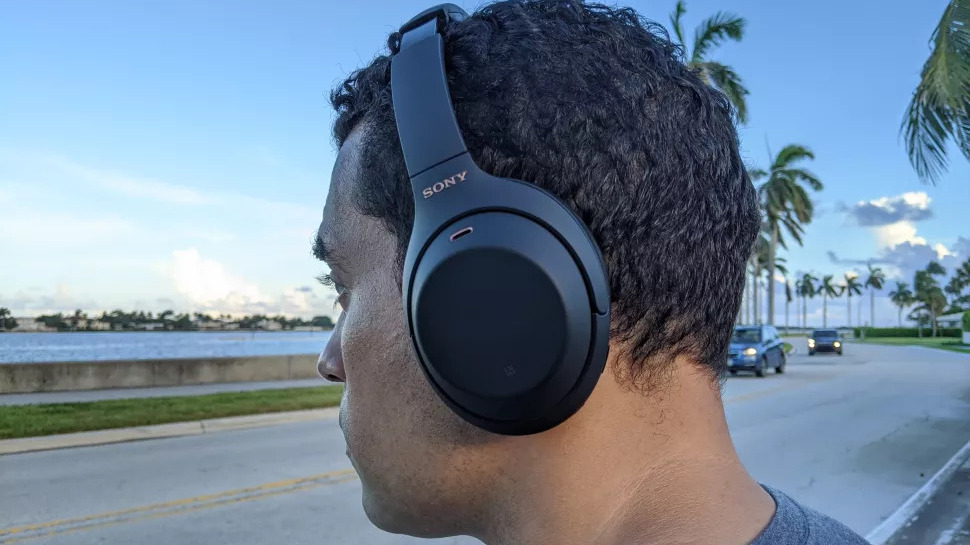
I found the WH-1000XM4’s ANC performance as effective as the Bose 700’s, though certain sounds are more noticeable on Sony’s headphones. At low volume, the WH-1000XM4 blocked out living room noises like cat meows and the NBA games playing in the background. Walking across my future mother-in-law’s office numerous times throughout the day, the copier and fax machines were mute. Even when sitting outside on the porch I couldn’t hear the sports cars whisking past the house. The Bose 700 afforded me the same silence.
Humming noises like the ones produced by an AC or car engine were audible, but also sounded very low. It takes several loud ambient sounds occurring at once to pull you away from whatever is blasting on the headphones. Based on past testing, I feel the Bose 700 does the best job of any noise-canceller to minimize these types of ambient noises.
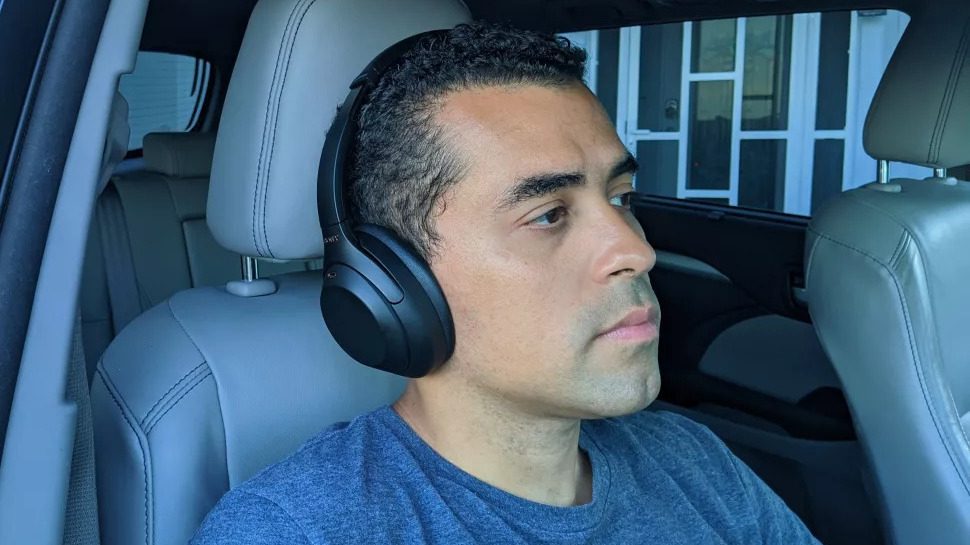
The WH-1000XM4 doesn’t have 10 levels of noise cancellation like the Bose 700, but it has 20 levels of ambient sound to hear your surroundings more clearly without taking off the headphones. Considering the feature is still going through a refinement phase, at least on headphones, that is quite a feat. I managed to identify most of the noises around me, be it the dishwasher’s timer or my fiancée shouting a favor request from another room. Adjusting the levels will amplify noise, which was irritating whenever someone made a smoothie in a blender, but that just shows how powerful the feature is.
Sony WH-1000XM4 review: Audio quality
If you loved what came out of the WH-1000xM3, then its successor will also leave you satisfied. Both models sound nearly identical, something else I’m completely fine with since the end result is a loud and dynamic soundstage that feeds your ears with plenty of boom and detail. The Bose 700 is also on the warm side of the audio spectrum, though it pales in comparison to the WH-1000XM4.
I pulled up some hip-hop songs to examine bass performance, and as expected, the headphones delivered with veracity. The thumping production on The Throne’s “No Church in the Wild” will have your head rattling on max volume. Most headphones can’t handle the record’s pounding kick drums and high-pitched synths simultaneously, often muddying up the soundstage, but the WH-1000XM4 makes both elements transparent without masking the vocals.

The WH series doesn’t get enough credit for its full-range sound, which is why I always recommend listening to Jazz recordings on Sony’s headphones to experience it firsthand. A record like Thelonious Monk “Well You Needn’t” demonstrates how beautifully tuned these cans are, allowing you to bask in the subtle nuances, from the consistent hi-hat play to the stellar separation that makes every instrument sound distinct and precise.
Aux cable fans will be delighted to hear the WH-1000XM4 sounds great in wired mode. Bass is brought down a notch, but still impactful, and the midrange is more prominent. John Legend’s soulful voice and the handclap effects on “Green Light” are emphasized, relegating the bass synths to the background, which made for an enticing listen.
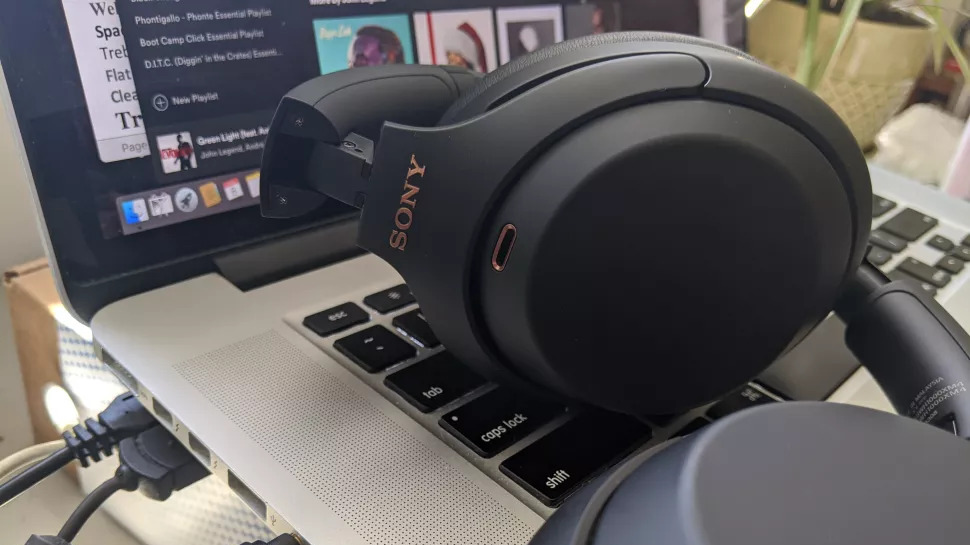
Keep in mind my observations are based on the default signature, which can be customized in the Sony Headphones Connect app by adjusting the different frequency levels or by selecting one of many presets. However, I’m pretty confident you’ll love what you hear without touching the app.
Sony mentioned it enhanced the upscaling algorithm for Bluetooth audio, while including support for multiple codecs (LDAC, AAC, SBC), and DSEE Extreme and Edge-AI technologies to enhance the fidelity lost on digitally compressed files. These are some serious audio specs for any pair of headphones to boast, especially ones priced under $500. I could hear the difference in the clarity on most of my low-fi recordings and ripped MP3s.
Sony WH-1000XM4 review: App and special features
Nothing beats the Sony Headphones Connect app. The massive feature set, along with Sony’s commitment to consistent firmware updates, strengthens the app’s usability. Sony did implement minor changes to the design, as it looks cleaner and navigation is more streamlined by being separated into three different sections: Status, Sound, and System.
Status is basic, granting access to the Adaptive Sound Control setting, a list of currently connected devices, and media player controls. System hosts the majority of the toggle controls, including automatic power off, firmware updates, motion detection, and custom button customization. But all of your attention will be committed to Sound since it’s responsible for all of the sonic goodness.
We’ll start with the Equalizer, which has a flat default, but can be personalized to create your own music profile or swapped out for other well-engineered presets: Bass Boost, Bright, Excited, Mellow, Relaxed, Treble Boost, Speech, and Vocal. Each of these works well when paired with the right music genre; I’m partial to Treble Boost for hip-hop, salsa, and jazz records.
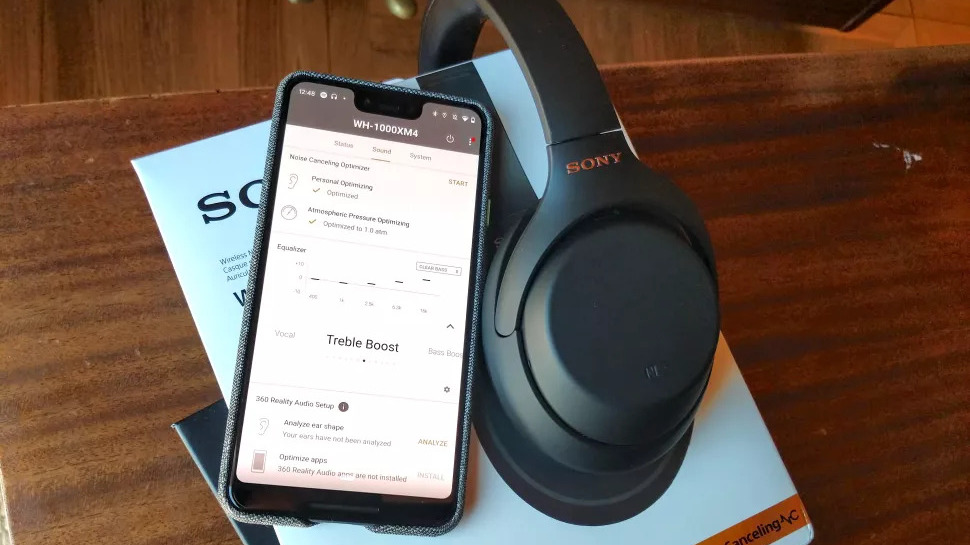
Sony’s 360 Reality Audio setup is here as well, an audio platform compatible with a select number of hi-res services (e.g. Amazon Music, Tidal, Deezer) to provide a more immersive listening experience. My only issues with it are that these platforms don’t have the widest selection of songs that work with the feature and come at a premium; not exactly something you want to hear after spending close to three Benjamins on these cans.
Jumping outside of the app, the WH-1000XM4 presents multiple connectivity options that allow for seamless pairing. Bluetooth 5.0 delivers strong wireless performance, keeping connections stable for music streaming and Skype calls, while instantly pairing the headphones to previously connected devices. You’ll also get some solid range, enjoying about 40 feet of cord-free listening away from your audio source. NFC is spot-on, letting you pair the cans by placing the back of any compatible smartphone on the right ear cup.
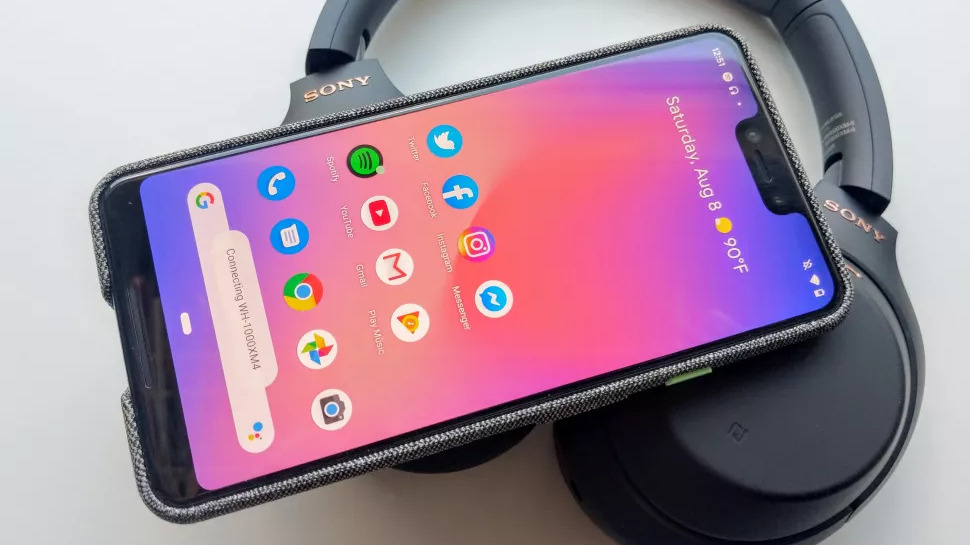
We can’t forget the addition of Fast Pair, Android’s latest feature that instantly recognizes the headphones when Bluetooth is enabled and speeds up the pairing process. Even better is that it doubles as a Find My Headphones feature by playing a sound through the headphones, so you can easily locate them.
Lastly, the one feature many of us foresaw: multipoint technology. The WH-1000XM4 lets you connect to two devices at the same time. Most headphones with this feature make you manually pair to the second device, but these cans do it automatically for you. Not only do you get voice notifications confirming you’re connected to the two devices, but you can also see what those devices are in the app. I’m loving it so far.
Sony WH-1000XM4 review: Battery life
Nothing new here, folks. Battery life stays at 30 hours with ANC on, 38 hours with ANC off. Voice your complaints about Sony not going bigger with playtime, but this is still more than a generous amount to work with, and 10 hours more than any Bose noise-cancelling model. Do the math and it is enough juice to keep you entertained on a round-trip flight to China, with some power left to binge YouTube clips on Uber rides to and from the airports.
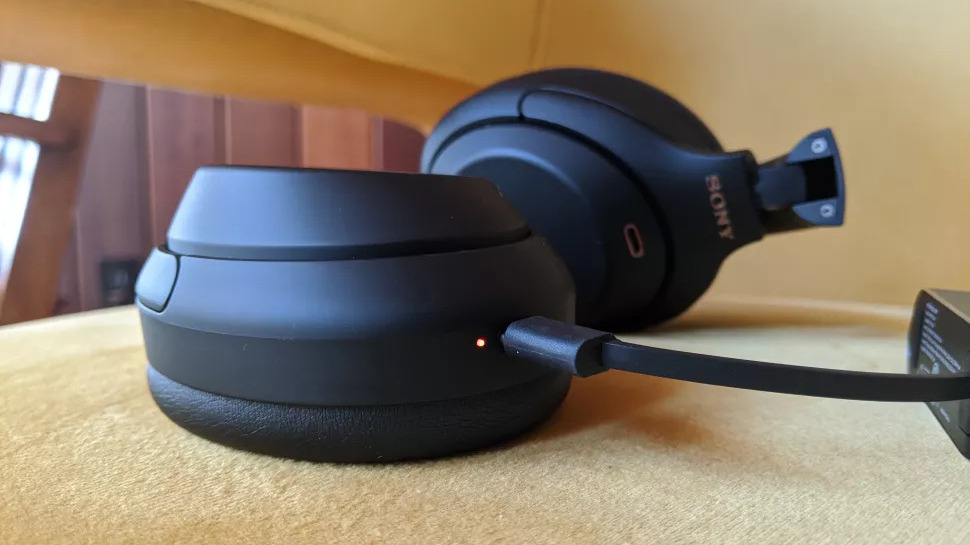
Based on my testing, the rated time is about an hour off, as my pair lasted around 29 hours when listening with ANC on. High volume, heavy streaming, and extra features barely affected playtimes, so I have to commend Sony for its admirable job with battery management. After a weekend with more than 15 hours of use, battery life remained steady at 45 percent. Quick charging will also ease your low battery anxiety by generating 5 hours of playtime on a 10-minute charge.
Sony WH-1000XM4 review: Call quality
The biggest issue with Sony's WH series has been call quality. How does it fare on the WH-1000XM4 compared to its older siblings? It’s a minor improvement. I really thought Precise Voice Pickup would be a game-changer for calls, but it’s OK at best.
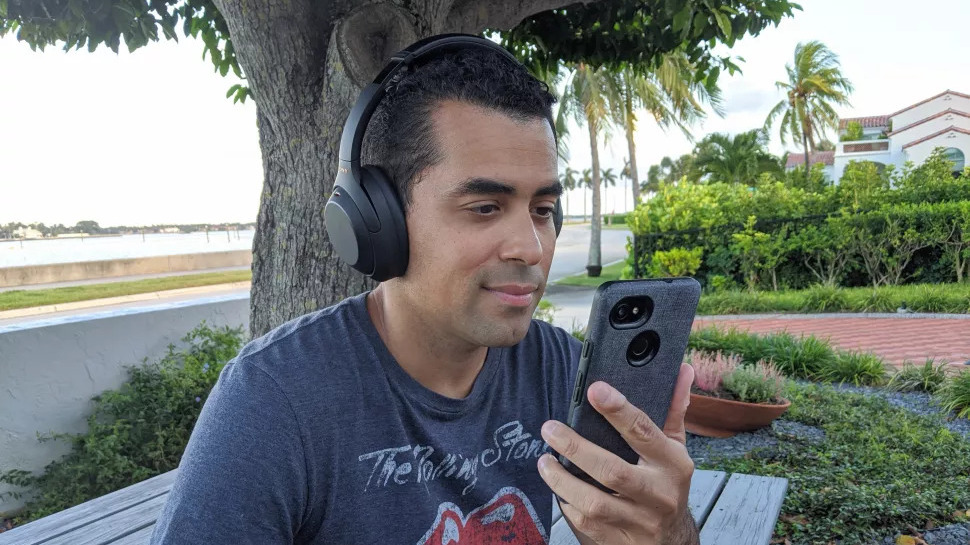
Speaking to the future missus several times on the phone, she said my voice sounded loud, but not crisp, and was more muffled when stepping outside. On my end, she was audible to where I could hear everything she said, though the volume was lower than I liked.
Since I'm currently based in West Palm Beach, the opportunity hasn’t presented itself to test the wind resistance on these headphones, which was WH-1000XM3’s kryptonite. I’m hoping to do so once the weather is more brisk. What I can say is that the headphones work fine for conveying short messages over the phone or on video chats. I just wouldn’t rely on them for long conversations.
Sony WH-1000XM4 review: Verdict
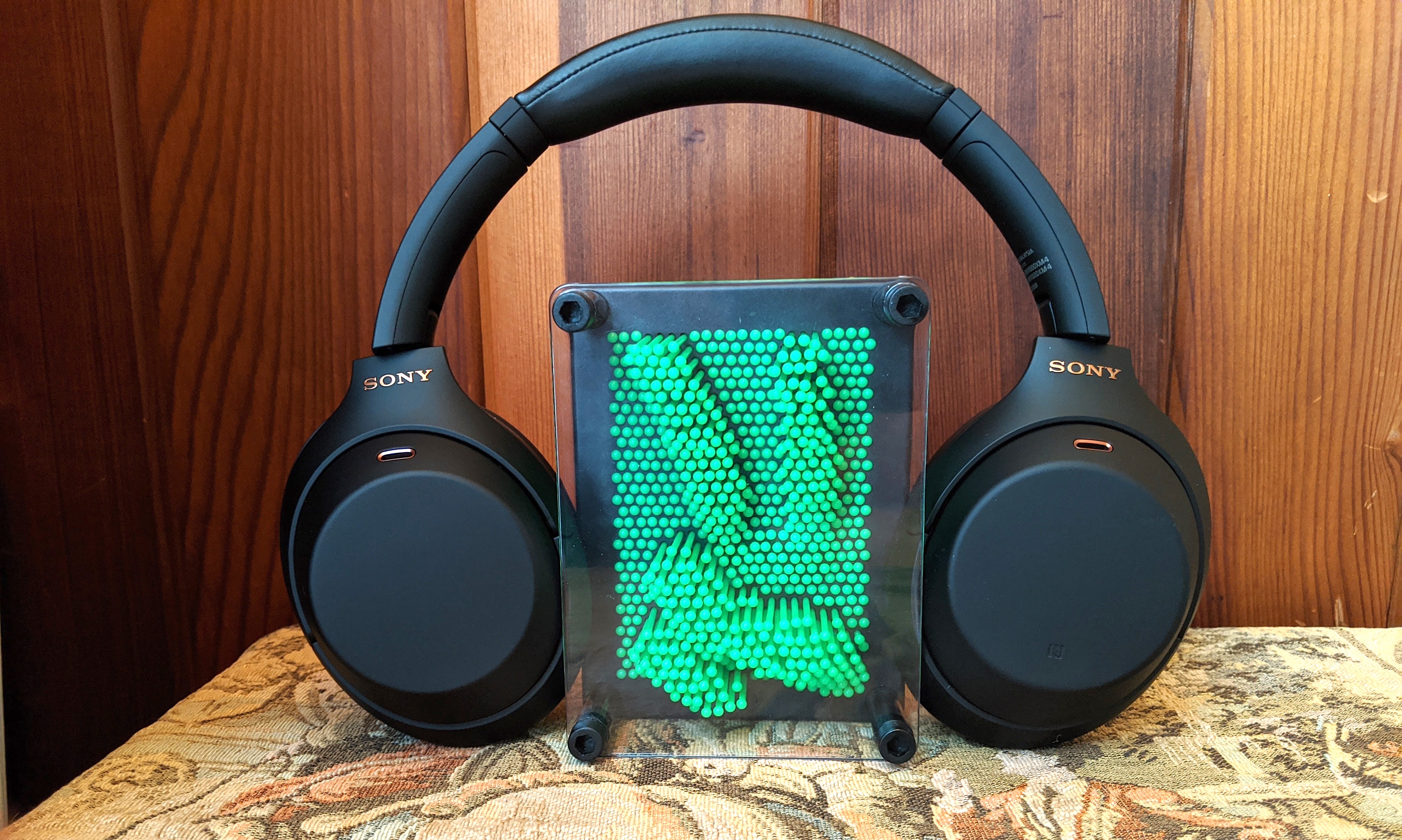
Delivering small but significant enhancements in a familiar package, the Sony WH-1000XM4 is a strong contender for the best noise-cancelling headphones you can buy. It took two years for Sony to fix some of the flaws that bothered us in the previous version, but it was well worth the wait. These headphones sound amazing, noise cancellation is right up there with Bose, and the extensive feature set offers so much playability across multiple media formats and platforms.
Is there enough here to upgrade from the WH-1000XM3? If you want more complete headphones, and have the money to splurge, then yes, absolutely. At the same time, the WH-1000XM3 are excellent headphones that, if available for under $250, are a steal.
The WH-1000XM4 are Sony's best attempt yet at dethroning the Bose 700, though Bose's headphones are still superior in certain areas — including call quality. We definitely prefer them over Bose's new QuietComfort 45, and you can find out why in our Bose QuietComfort 45 vs. Sony WH-1000XM4 comparison.
Ultimately, Sony's new cans improve on near perfection, and are among the best headphones you can buy right now.
- The best noise-cancelling earbuds you can buy
- Got money to burn? Check out the Focal Clear
A lifestyle journalist with an affinity for consumer products, Alex has over a decade of experience and has worked with popular publications such as Complex, Thrillist, Men’s Health, Gear Patrol, AskMen, and Hoop Magazine. He currently focuses on audio, reviewing the most coveted headphones in the market for both Tom’s Guide and Laptop Magazine.
